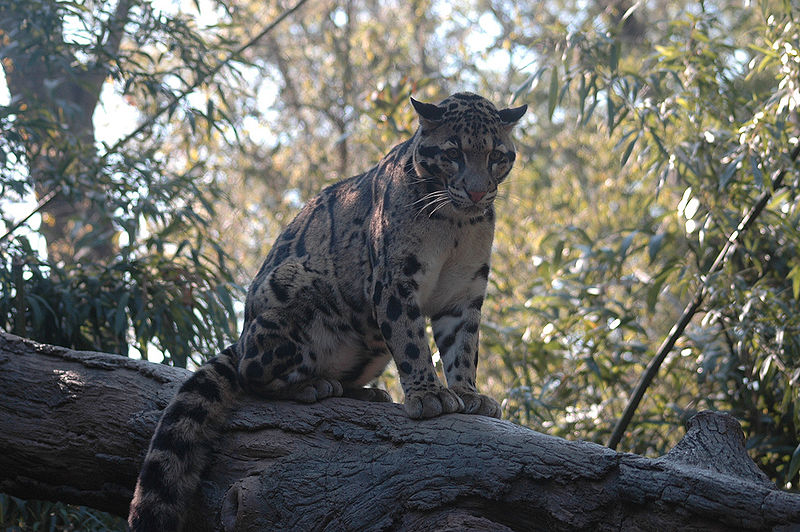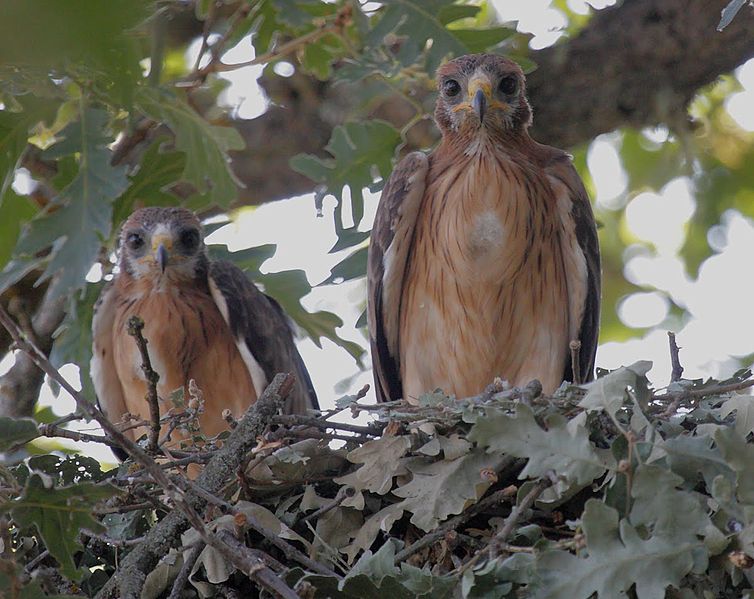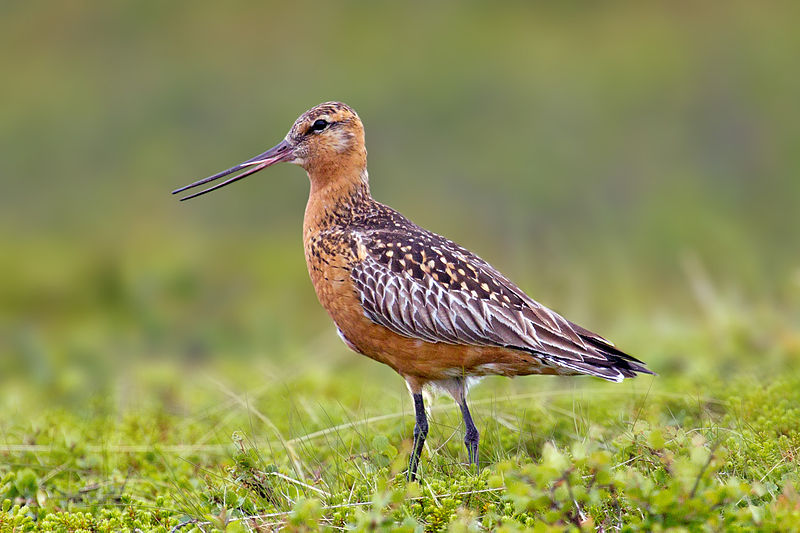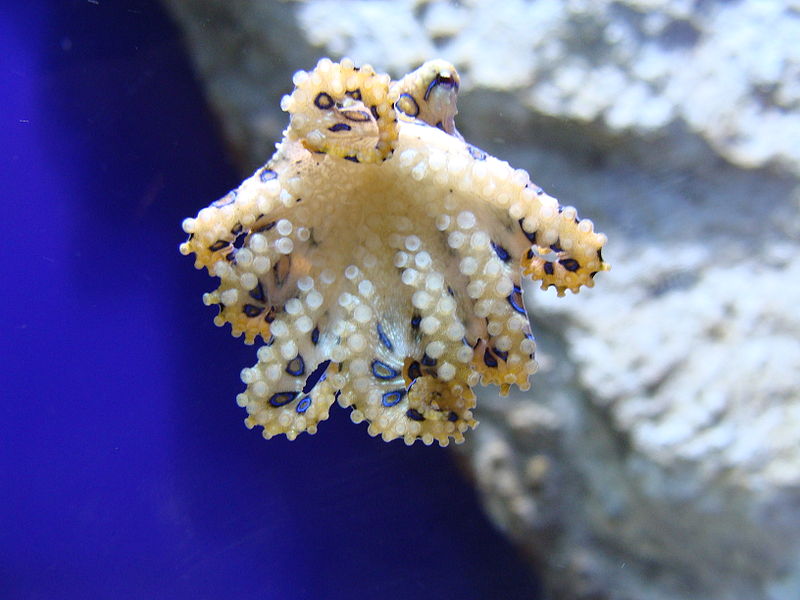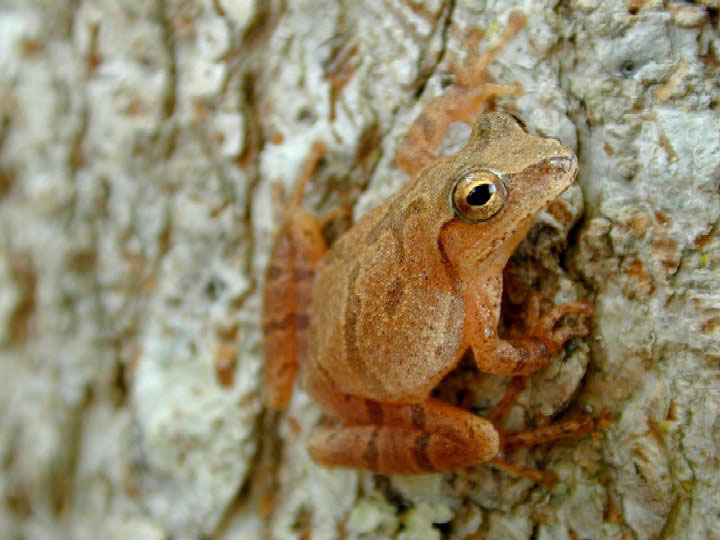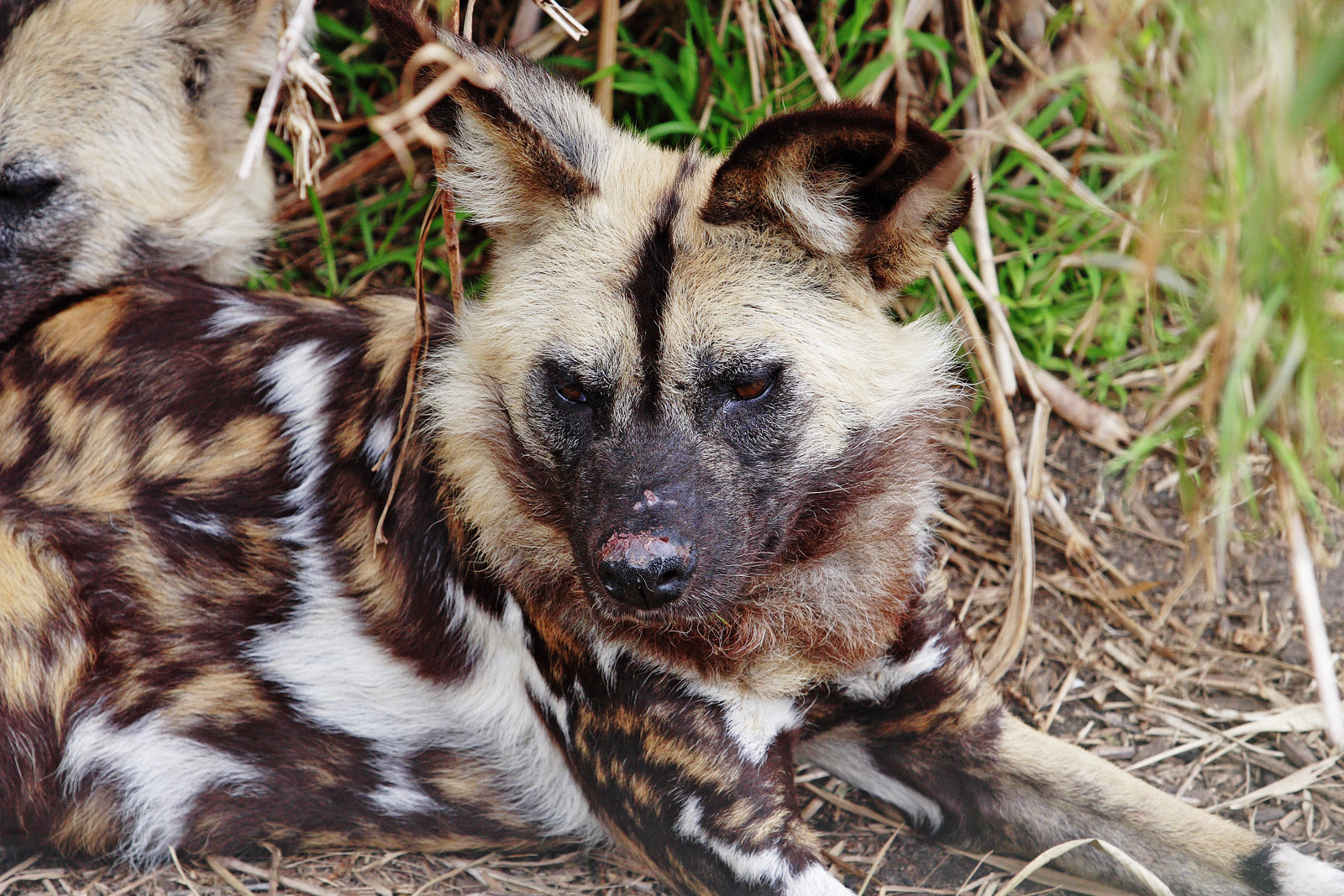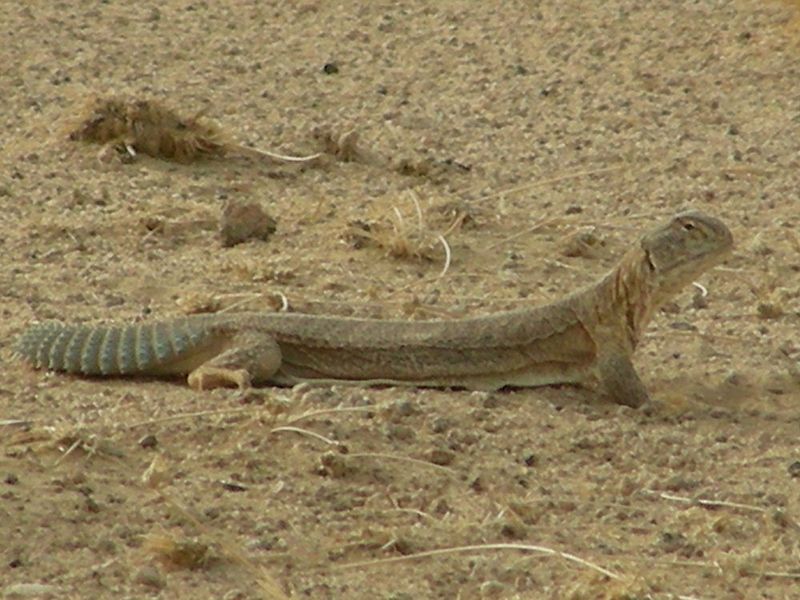
So what country do you feel like visiting today? After reading the title of today’s Wild Fact, I hope you said India….although, we can also find the Indian Spiny Tailed Lizard in parts of Pakistan so I guess you do have a choice today. Either way, we are going to be on the lookout for a medium sized lizard wandering through the desert. I will explain how you can tell this one apart from all the others in a second but first, I have to go and pack for our exciting trip to hot deserts of India and Pakistan.
The Distinguishable Lizard
The Indian Spiny Tailed Lizard is pretty easy to tell apart from other lizards since they have large, distinctive spines surrounding their tail. If you combine this spiny tail with their flat snout and rounded head, they are pretty easy to distinguished. Now I know a lot of people like to distinguish animals by colour but that doesn’t always work with this creature. Typically, the Indian Spiny Tailed Lizard is an yellowish-brown or olive colour, however, during the colder seasons they will become much darker. So if you want to use colour as an indicator, you had better turn on the Weather Channel so you know what season you are currently in.
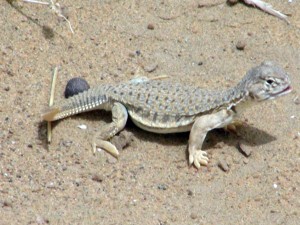
Digging in the Sandbox
This particular lizard generally lives in colonies so where you find one…you will probably find more. As well, they have been known to live in areas above the monsoon level so we should probably be checking out higher elevations for these lizards. Since their habitat consists mainly of sand, the Indian Spiny Tailed Lizard has become quite adept at digging. They will typically dig burrows for themselves (they don’t share their desert burrow home with other members of the colony) and will spend a lot of time in or around this sanctuary. They can often be seen sunning themselves just outside of their burrow.
Why don’t they like to venture too far away?
Well, there are a lot of dangerous predators in the desert such as birds of prey, so the second the alert lizard catches a glimpse of danger, they scoot back into their burrow. Sure you could call them cowards but I prefer to think they are smart……and this ensures they remain alive!

